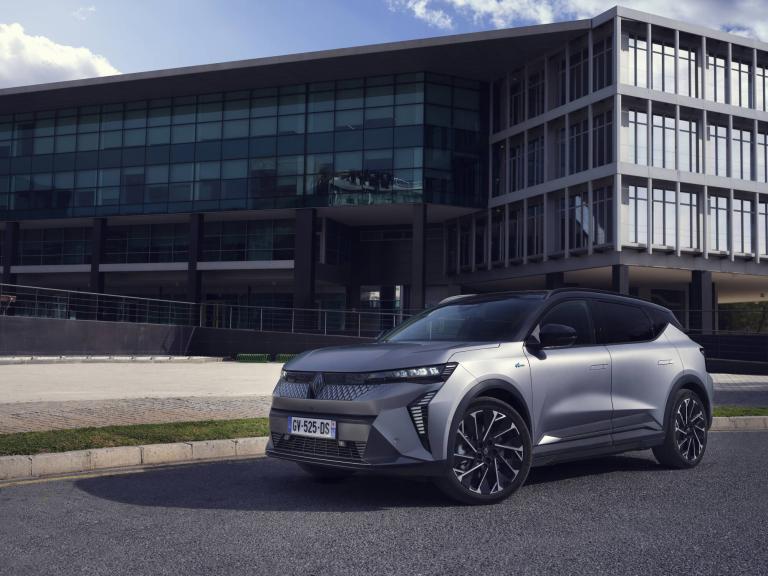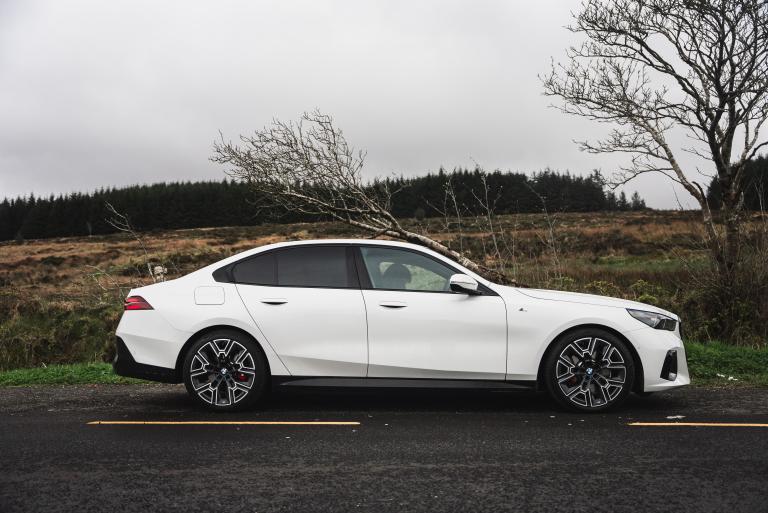Review: BMW’s hydrogen-powered test iX5 SUV could be an enticing development in emission-free driving
Overview
There is something very alluring about the idea of a hydrogen-powered car. It runs on the most abundant element in the universe but, unlike fossil-fuelled cars, the only emission is water vapour. So when an invite popped into my inbox to drive a hydrogen-powered BMW X5 in Antwerp in Belgium, I had my passport in hand before I had time to hit the reply button.
Looking just like a regular BMW X5, the beauty of the iX5 Hydrogen is that it’s an electric car that you can refuel in the time it takes to fill a petrol or diesel car and it achieves a 500km range.
So how does it differ from a battery electric car? To put it simply, a battery electric vehicle is powered by electricity stored in a battery and is recharged by plugging into the electricity grid. An electric vehicle with a hydrogen fuel cell produces its own electricity through a chemical reaction in its fuel-cell stack. This then powers the electric motor.
The iX5 Hydrogen has taken more than four years to develop, and the event in Antwerp was the first opportunity for anyone not involved in the development process to get behind the wheel. BMW plans to launch a pilot fleet of 100 iX5 Hydrogen SUVs around the world to gather as much real-world user data as possible.
From the outside, the BMW blue accents on the kidney grille and the wheel inserts are all hints that this is not a regular X5. But once on the road, the iX5 feels remarkably normal; it drives exactly as you would expect an electric X5 to drive.
The days of drilling for oil and turning it into fuel for a car are ending. The European Parliament put the final nail in the coffin when it approved legislation effectively banning the future sale of petrol and diesel cars and vans by 2035. Many solutions are needed to provide emission-free transport, particularly given the increasing shortage of key components for electric car batteries, including lithium, nickel and cobalt.
Hydrogen has been touted for years as the fuel of the future but, still, carmakers remain divided. With the exception of Toyota and Hyundai, few are investing heavily in hydrogen. Many European carmakers have shelved plans to bring hydrogen-fuel-cell cars to market. In contrast, BMW sees a role for hydrogen-powered cars to fit alongside battery electric ones.
Filling the hydrogen tank takes three to four minutes but at €10 to €15 per kilogram — about €60 to €90 to fill the iX5’s 6kg tank — the price of hydrogen is high and finding somewhere to fuel up can be difficult.
Therein lies a problem — who will buy the hydrogen cars if the refuelling stations don’t exist? And who will invest in the refuelling stations if the cars aren’t available?
The initial investment risk of building a hydrogen infrastructure is significant. Also, there are issues around transporting the fuel and the fact you need a lot more energy to make a hydrogen vehicle move than a battery-electric one.
Many argue that hydrogen is best suited to heavy vehicles and battery electric is better suited to passenger cars. But one thing is clear, no one solution is going to be enough and I came away from Antwerp believing the challenges to a hydrogen future are not insurmountable.
Under the bonnetBMW iX5 Hydrogen
Fuel type: Hydrogen
Transmission: Automatic
Total power output: 295kW/401hp
Hydrogen tank capacity: 6kg
Range: 500km
Review: Citroën’s C5 X is an unconventional family car that’s well-priced, practical and economical


